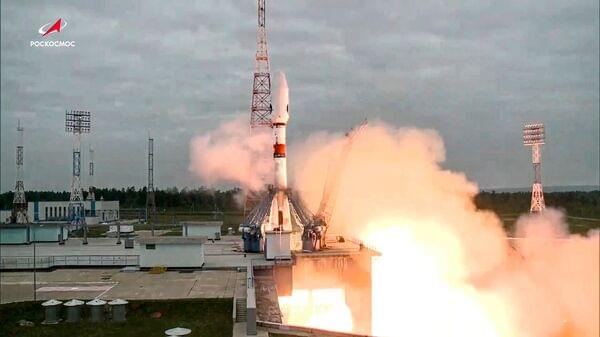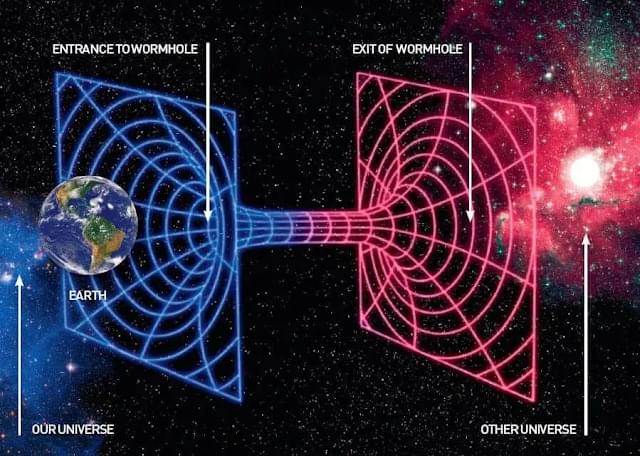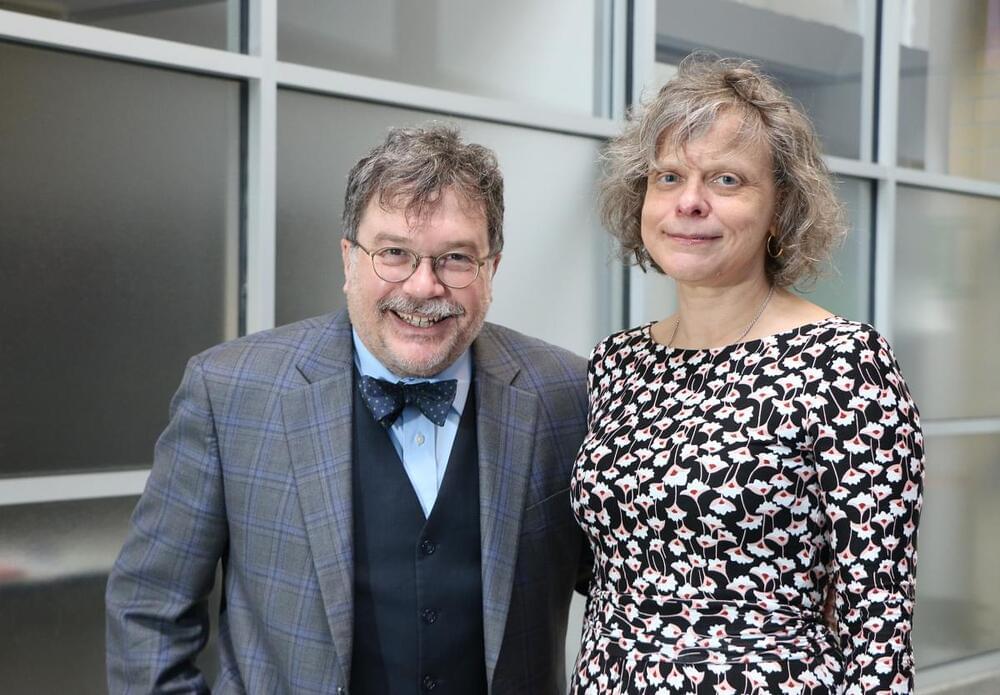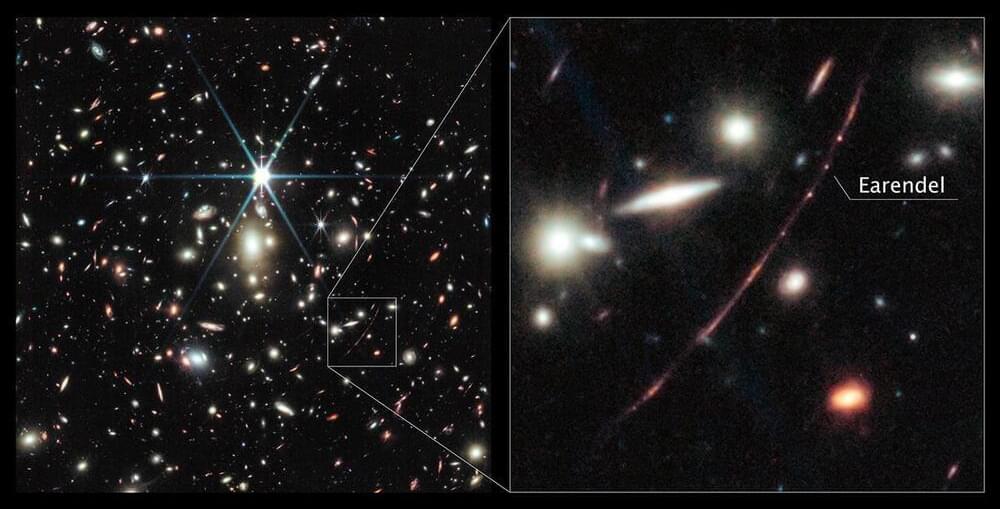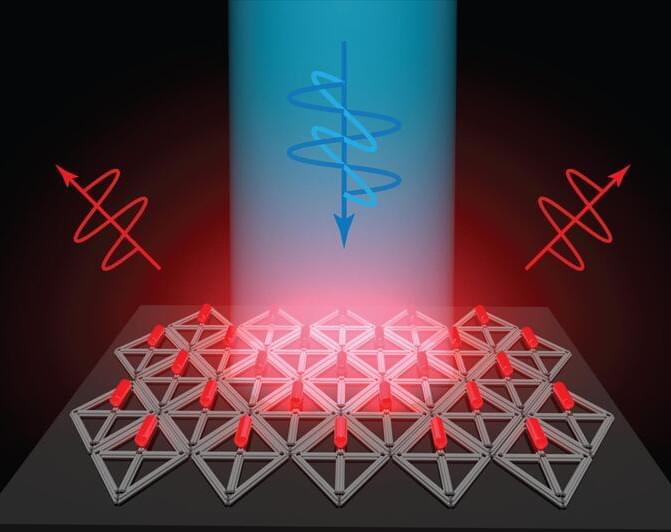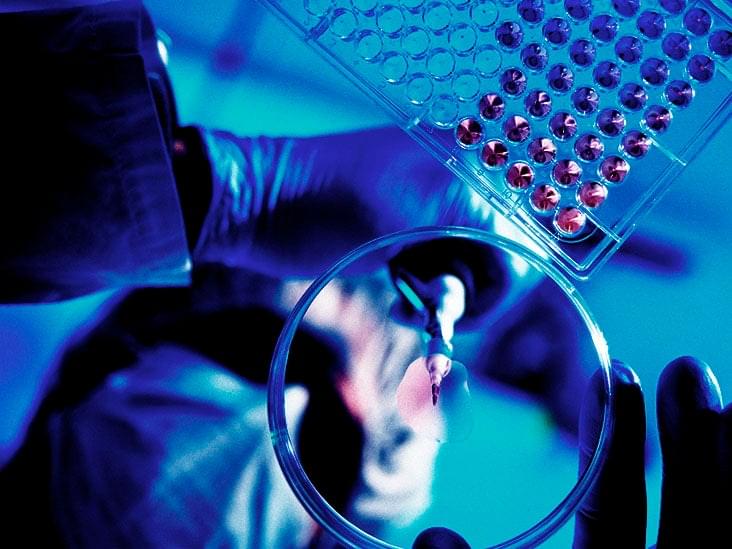Last year, fast-casual restaurant chain Chipotle brought in a new employee: Chippy the chip-making robot. Chippy was tasked with slicing corn tortillas into triangles, frying them, tossing them with lime juice and salt, and dividing them into portions. The bot must have done a pretty good job, because now the restaurant is bringing in one of its cousins: an avocado-prepping robot called Autocado.
Turning avocados into guacamole can be a tedious process. You have to slice the fruit open, remove its thin peel, and take out its pit. Then there’s the mashing and mixing in of other ingredients. Pretty doable for a batch of guac for two to four people, but less so when you up the final consumer count to, oh, 750,000 per day.
Chipotle restaurants have employees specifically dedicated to making guacamole, but it takes almost an hour to make one batch, and employees listed the task as one of the “less favorable” among other things they do at the restaurant.

